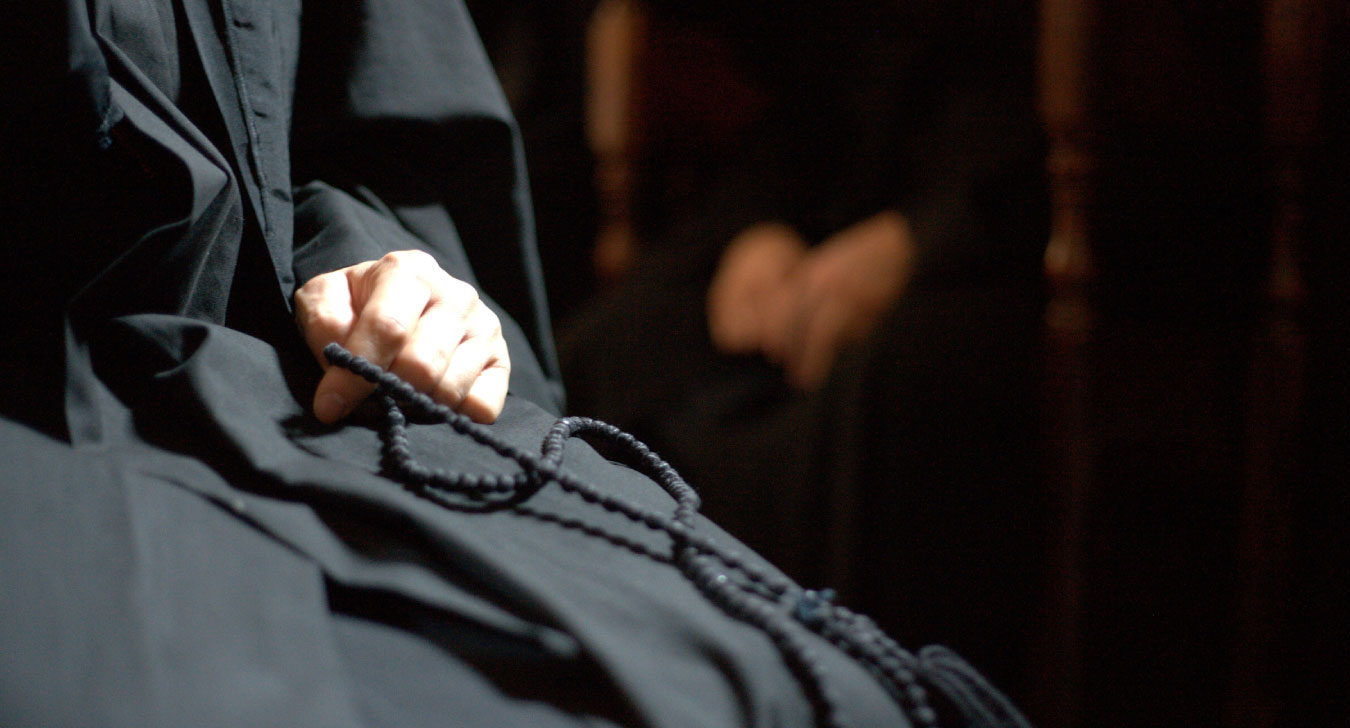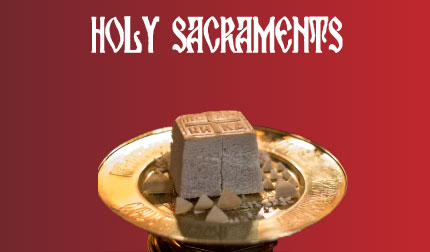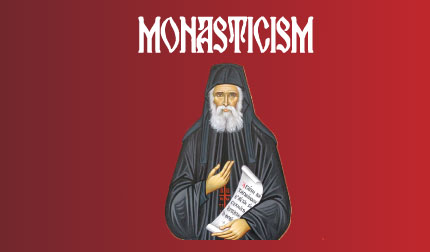The Prayer Rope (Komboskini)

The Prayer Rope (Komboskini)
The prayer rope, known in Greek as the komboskini and in Slavonic as the chotki, holds a revered place in Orthodox Christian spirituality. This simple yet powerful tool is far more than a physical object; it is a means of ascending to God, a bridge between the material and spiritual realms, and a weapon in the battle against the passions. Rooted in the ancient monastic tradition, the prayer rope is not exclusive to monks or nuns but is accessible to every Orthodox Christian as a pathway to unceasing prayer.
Origins and Symbolism
The origins of the prayer rope trace back to the Desert Fathers, who sought ways to maintain constant prayer while living in solitude. According to tradition, Saint Anthony the Great and Saint Pachomius used knotted ropes to keep count of their prayers, seeking to fulfill Saint Paul’s exhortation to “pray without ceasing” (1 Thessalonians 5:17). Over time, the prayer rope became a spiritual lifeline for countless generations of Orthodox Christians.
The prayer rope is typically made of wool, symbolizing the flock of Christ and the Good Shepherd’s care. The knots are tied in a specific pattern, often in multiples of 33, representing the years of Christ’s earthly life. A small cross or tassel is attached at the end, reminding the user of Christ’s sacrifice and the need for repentance. The very structure of the komboskini reflects the journey of salvation, calling the heart and mind toward humility, vigilance, and divine grace.
The Jesus Prayer: The Heartbeat of the Prayer Rope
The prayer most often recited with the komboskini is the Jesus Prayer: "Lord Jesus Christ, Son of God, have mercy on me, a sinner."
This prayer encapsulates the essence of Orthodox spirituality. In calling upon the Name of Jesus, the believer invokes His presence, recognizing both His divinity and humanity. It is a confession of faith, a cry for mercy, and a proclamation of humility. As Saint John Climacus writes: "Let the remembrance of Jesus be united with your every breath, and then you will understand the meaning of stillness."
The Jesus Prayer is more than words; it is a journey inward, into the heart. The repetition purifies the mind, allowing the presence of God to dwell within. The prayer rope becomes an anchor, guiding the practitioner back to the prayer when the mind wanders.
Using the Komboskini in Daily Life
The use of the prayer rope is not confined to monasteries or churches but extends into the fabric of everyday life. Orthodox Christians are encouraged to carry their prayer rope with them, letting their hands move over the knots as their lips or hearts recite the prayer. This practice cultivates a spirit of constant remembrance of God, transforming ordinary moments into sacred encounters.
Morning and Evening Prayer: Many Orthodox Christians begin and end their day with the prayer rope, offering 100, 200, or even more repetitions of the Jesus Prayer. This frames the day in prayer, sanctifying both the waking and resting hours.
Throughout the Day: The komboskini can be used during moments of waiting, walking, or even while engaged in daily tasks. In such moments, the prayer rope gently draws the heart back to God, countering distractions and anxieties.
In Times of Temptation or Distress: The Jesus Prayer, when repeated with the prayer rope, serves as a shield against spiritual attack. Saint John of Kronstadt teaches: "The Name of Jesus, when invoked with faith, scatters the demons and extinguishes the flames of sinful desire."
In times of fear, sadness, or anger, the prayer rope becomes a physical and spiritual refuge, guiding the believer into the calming presence of Christ.
The Prayer Rope as a Tool for Spiritual Warfare
Orthodox tradition views the Christian life as a continual battle against the passions and the devil’s snares. The komboskini is a weapon in this struggle. The rhythmic repetition of the Jesus Prayer disarms the mind’s chaos, quieting the inner storms that often cloud judgment and fuel temptation.
Saint Paisios of Mount Athos compared the prayer rope to a soldier’s weapon: "A monk without a prayer rope is like a soldier without a rifle. The enemy surrounds us, but the prayer of the heart cuts through the darkness."
By holding the prayer rope, the believer engages in this sacred warfare, standing guard over the heart. The tassel on the komboskini, often used to wipe away tears, reminds the practitioner that spiritual struggle often involves repentance and grief over sin, yet it also offers the sweetness of divine consolation.
Developing Inner Stillness (Hesychia)
The prayer rope plays a vital role in the Orthodox tradition of hesychasm, the practice of inner stillness and ceaseless prayer. The hesychasts, such as Saint Gregory Palamas, taught that the Jesus Prayer leads the practitioner to experience God’s uncreated light, much like the apostles beheld Christ’s transfiguration on Mount Tabor.
Through the quiet repetition of the Jesus Prayer with the komboskini, the heart descends into stillness, and the soul becomes receptive to divine grace. This state is not achieved through mechanical repetition but through repentance, humility, and the grace of the Holy Spirit.
Humility and the Prayer Rope
The prayer rope also teaches humility. There is no room for pride in the continual confession of sin and the plea for mercy. The prayer, simple yet profound, confronts the believer with their need for God’s grace. As the knots slip through the fingers, the heart softens, and the soul gradually lets go of self-reliance.
Saint Macarius the Great affirms this: "The prayer, ‘Have mercy on me,’ contains within it all the prayers of the Church, for it places the soul in the posture of a beggar before the King of Glory."
The physical act of holding the prayer rope also reflects the Orthodox understanding of the human person as a unity of body and soul. Just as the soul is sanctified, so too is the body, which participates in prayer through the hands.
The Communal Aspect of the Komboskini Although the prayer rope is often used privately, it reflects the communal nature of Orthodox spirituality. When an Orthodox Christian prays the Jesus Prayer, they do so not only for themselves but for the entire world. This echoes the words of Saint Silouan the Athonite: "Keep your mind in hell and despair not. Pray for all people as though your soul were the soul of every living being."
Each knot of the komboskini becomes a petition for the salvation of others, transforming personal prayer into an act of love.
A Simple but Powerful Prayer
- Lord Jesus Christ, Son of God, Have Mercy on Me.
More In-Depth
The Holy Sacraments
In the Orthodox Church, the sacraments — often referred to as the Holy Mysteries — are divine means through which the grace of God is imparted to the faithful. These Mysteries are not simply rituals but encounters with the living Christ, guiding the believer into deeper union with God and participation in the life of the Church.
Holy Confession
Confession is not merely the recounting of sins but a profound return to the embrace of the Father, echoing the journey of the prodigal son. It is an encounter with Christ, who through the priest as His living icon, receives us with compassion, eager to restore the garment of grace.
Monasticism
Monasticism in the Orthodox Church is the path of total dedication to God through prayer, asceticism, and communal or solitary life. It is often described as “angelic life” on earth, where men and women renounce worldly attachments to seek communion with God in purity of heart.





